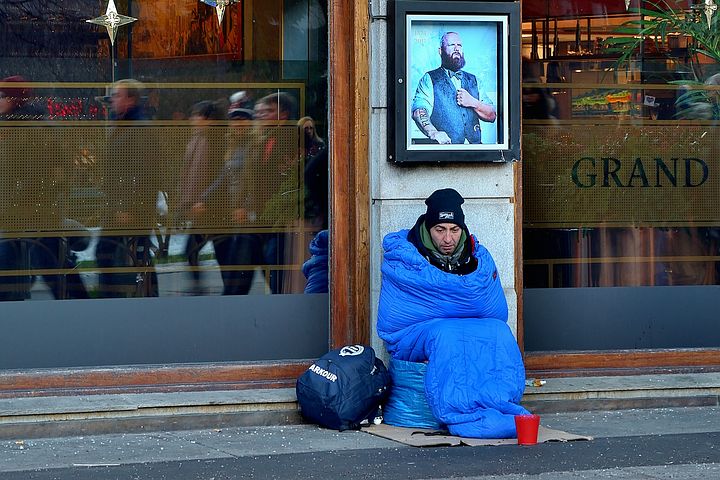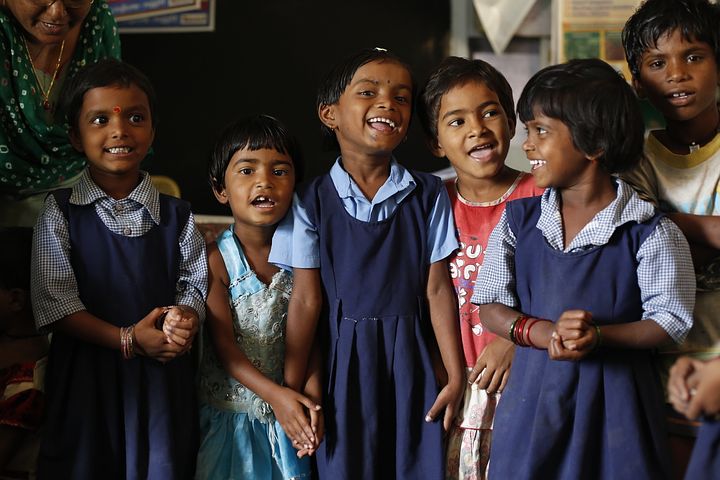
The Sustainable Development Goals (SDGs) are a call to action for all countries to promote prosperity, knowing that ending poverty will be deeply related to climate change. A total of 17 goals that couldn’t be loftier were introduced by the United Nations (UN) General Assembly in 2015 and will guide the world until 2030. The SDGs follow the Millennium Development Goals (MDGs), which ran from 2000 to 2015 and whose success has been debated. The SDGs continue the same themes as the MDGs but provide more directed frameworks for achievement, considering the number of goals was upped from 8 to 17.
A 2019 UN report covers the progress the world has made toward these goals thus far.

The foremost goal is to end poverty in all forms everywhere and the world is not on track to achieve this by 2030. The amount of people living on less than $1.90 per day, the measure of extreme poverty, continues to decline but the pace has slowed. Currently, the projected decrease of the global population living below this economic threshold will fall from 9.9% in 2015 to 6.0% in 2030. The challenge of tackling the remaining pockets of extreme poverty will only compound as the majority inhabit areas vulnerable to increasingly potent natural disasters.

Deeply related to ending poverty is the goal of ending hunger, achieving food security and improving nutrition. A 2019 UN Food Security Report shows the global number of people going hungry has increased since 2014, with drought being the chief driver of this trend.
Ensuring healthy living and promoting well-being has seen progress in some fronts but not all. Maternal and infant mortality rates are declining and life expectancy rates are increasing. Vaccinations have been tremendously effective when available and immunization coverage worldwide is increasing though the pneumococcal conjugate vaccine, which can significantly reduce deaths under the age of 5, is available to less than half of the world’s population. Globally, over half of the planet still does not have access to essential health services. Even in affluent countries, health emergencies can still cause bankruptcy and potentially result in poverty.

The goal of ensuring equitable education still needs a lot of progress to be made. The most recent statistics from 2015 show the percentage of children and adolescents not achieving minimum proficiency in reading and mathematics to be 58% and 56%, respectively. Many schools still lack adequate facilities and properly trained teachers. A promising statistic however is that participation in early childhood education globally is 69% and has increased by 6% from 2010 to 2017.
Achieving gender equality and empowering all women and girls is a goal that has seen improvement over the years with fewer girls being forced into early marriage, more women in positions of leadership and reformation to laws to promote gender equality. These successes however are not prevalent enough to achieve this goal by 2030.

Ensuring the availability and sustainable management of water and sanitation for all is proving to be an immense challenge. Globally, billions of people do not have access to these basic services and the majority of rivers in Asia, Africa and Latin America are more polluted today than they were in 1990. A positive is that donors have reacted by increasing aid commitments to the water sector by 37% from 2016 to 2017.
The goal of promoting sustained, inclusive and sustainable economic growth, full and productive employment and decent work for all is at the heart of the SDGs. The UN feels that sustainable economic growth is the key to solving many of the problems highlighted in the 17 goals. To a large extent, the annual growth rate of real gross domestic product (GDP) per worker has increased from 2015 to 2018 but the goal of reaching 7% growth in real GDP in the least developed countries is not on pace to be met by 2030.
Much of the rest of the goals all have similar narratives of progress being made but still more to be had. When setting goals of such a towering nature, it’d be almost unrealistic to expect to achieve them in a mere 15-year period. But these goals also serve the purpose of setting a pathway to a future a where no one is marginalized. With 2030 looming just over a decade away, the SDGs seem to have more of a sense of urgency behind them, the galvanizing force of which will hopefully see their achievement.




